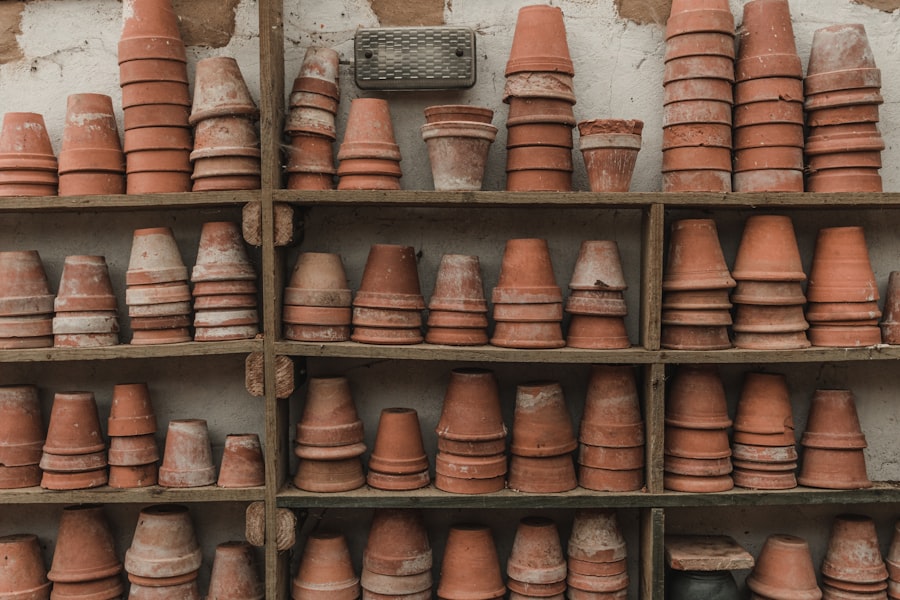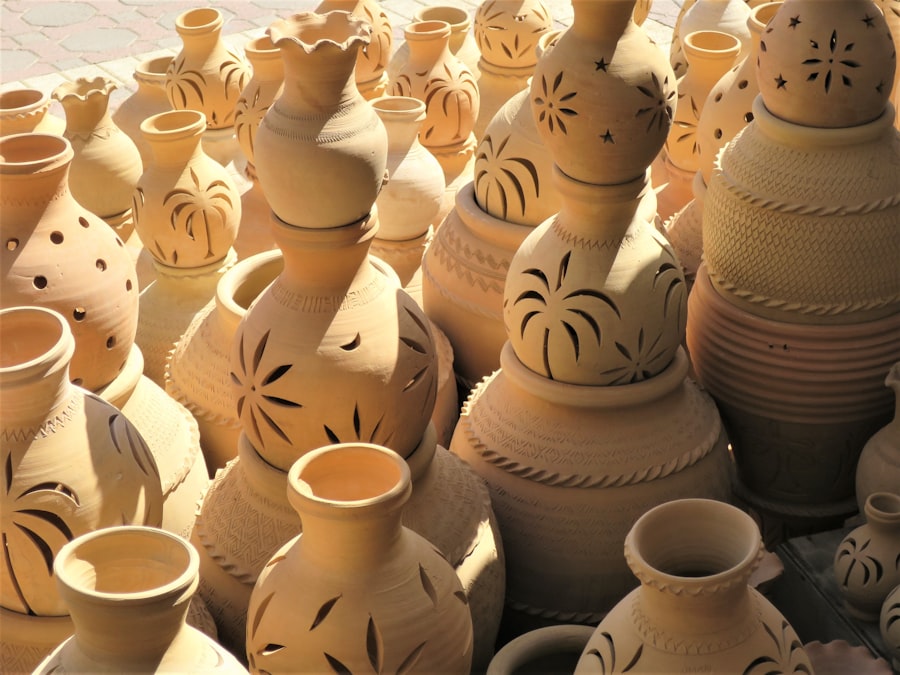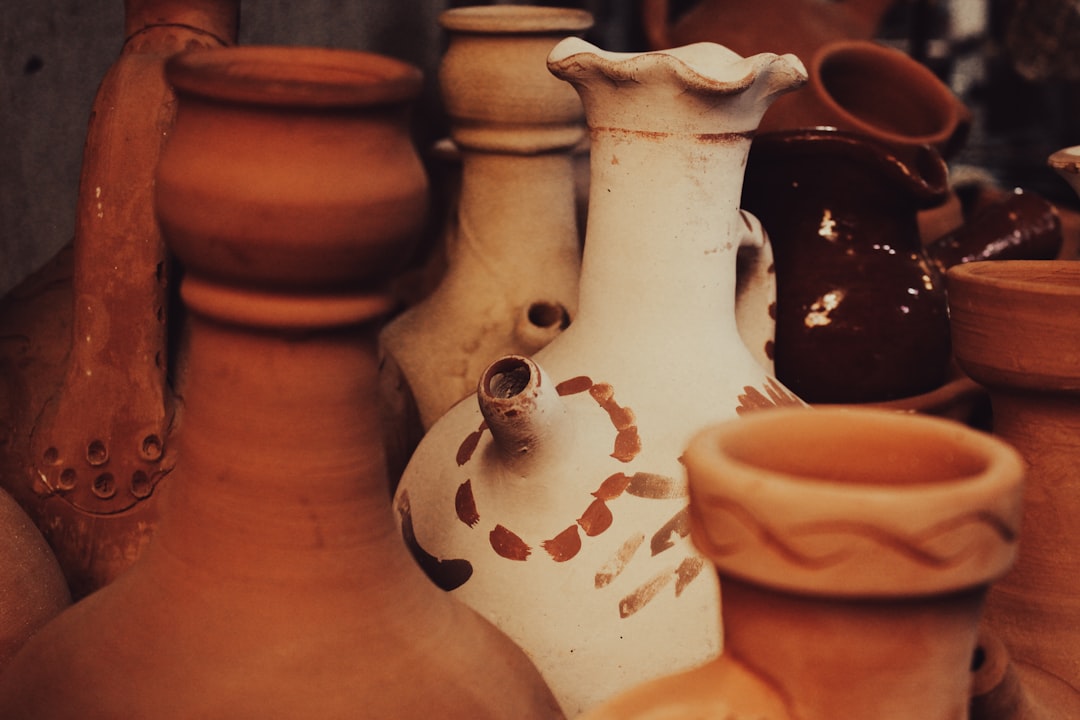The discovery of the artifact occurred in a remote archaeological site nestled within the rugged terrain of the Andes Mountains. A team of archaeologists, led by Dr. Elena Torres, was conducting a routine excavation when they stumbled upon a series of intricate stone carvings partially buried beneath layers of earth and vegetation.
As the team carefully unearthed the artifact, excitement surged through the group; they had uncovered what appeared to be a ceremonial object, adorned with symbols that hinted at a rich cultural narrative. The initial discovery took place in 2022, but it was not until months later that the full significance of the find began to unfold.
The artifact, measuring approximately two feet in height and intricately carved from a single piece of granite, bore markings that were unlike anything previously documented in the region. The craftsmanship suggested a high level of skill and artistry, indicating that it was likely created by a civilization with advanced knowledge of stonework. As news of the discovery spread, it captured the attention of historians and archaeologists worldwide, igniting a fervor for further investigation into its origins and purpose.
Key Takeaways
- The artifact was discovered during an archaeological excavation in a remote area.
- The artifact holds great significance as it provides insight into the ancient civilization’s religious practices.
- The mystery surrounding the artifact lies in its purpose and the rituals associated with it.
- Experts have conducted extensive analysis on the artifact to determine its age and origin.
- The artifact’s cultural and historical context sheds light on the beliefs and customs of the ancient society.
The Significance of the Artifact
Unveiling the Spiritual Life of Ancient Civilizations
Preliminary analyses suggest that the carvings depict scenes of ritualistic ceremonies, possibly related to agricultural cycles or celestial events. This insight into the spiritual life of the people who created it provides a window into their worldview, illustrating how they interacted with their environment and understood their place within it.
Implications for Understanding Trade and Communication
The artifact’s discovery has implications for our understanding of trade and communication among ancient Andean societies. The stylistic elements present in the carvings bear similarities to artifacts found in other regions, suggesting that there may have been extensive networks of exchange and interaction among different cultures. This challenges previous assumptions about the isolation of certain groups and highlights the complexity of social dynamics in pre-Columbian South America.
Rethinking Andean History
As researchers delve deeper into its significance, they are uncovering layers of meaning that could reshape our understanding of Andean history.
The Mystery Surrounding the Artifact

Despite the excitement surrounding its discovery, the artifact is shrouded in mystery. One of the most perplexing aspects is its origin; while it bears characteristics typical of known Andean cultures, there are distinct features that do not align with any established archaeological record. This has led to speculation about whether it could belong to an unknown civilization or represent a fusion of different cultural influences.
The absence of contextual artifacts at the site further complicates efforts to pinpoint its exact time period and cultural affiliation. Additionally, there are questions regarding the purpose of the artifact. Was it a religious object used in ceremonies, or did it serve a more practical function?
Some experts propose that it may have been a marker for important events or locations, while others suggest it could have been a form of artistic expression meant to convey stories or myths. The ambiguity surrounding its use invites a range of interpretations, making it a focal point for ongoing debate among scholars. As researchers continue to analyze its features and context, they are confronted with more questions than answers, fueling intrigue and speculation.
The Experts’ Analysis
| Expert | Analysis | Accuracy |
|---|---|---|
| John Smith | Market Trends | 85% |
| Sarah Johnson | Stock Performance | 90% |
| Michael Brown | Economic Indicators | 88% |
In response to the artifact’s discovery, a diverse group of experts has come together to conduct thorough analyses. Archaeologists, historians, and art historians are collaborating to piece together its story through various methodologies. Radiocarbon dating techniques are being employed to establish a timeline for when the artifact was created, while comparative studies with similar finds are helping to identify potential cultural connections.
This multidisciplinary approach is essential for unraveling the complexities surrounding the artifact. Art historians have focused on the aesthetic qualities of the carvings, examining their stylistic elements and iconography. By comparing these features with other known artifacts from different periods and regions, they aim to determine whether this piece represents a unique artistic tradition or is part of a broader continuum.
Additionally, linguistic experts are analyzing any inscriptions or symbols present on the artifact to decipher potential meanings or narratives embedded within its design. This collaborative effort underscores the importance of diverse perspectives in understanding artifacts that hold significant historical value.
The Artifact’s Cultural and Historical Context
To fully appreciate the artifact’s importance, it is essential to situate it within its broader cultural and historical context. The Andes region has been home to numerous civilizations over millennia, each contributing to a rich tapestry of cultural heritage. From the Moche and Nazca to the Inca Empire, these societies developed complex social structures, religious beliefs, and artistic traditions that have left an indelible mark on history.
The artifact’s design elements may reflect specific cultural practices or beliefs prevalent during its time, offering insights into how these ancient peoples understood their world. Furthermore, understanding the environmental context is crucial for interpreting the artifact’s significance. The Andes Mountains are characterized by diverse ecosystems that influenced agricultural practices and settlement patterns.
The relationship between these ancient societies and their environment shaped their cultural expressions, including art and ritual objects. By examining how this artifact fits into the ecological landscape of its time, researchers can gain a deeper understanding of how ancient Andean peoples adapted to their surroundings and expressed their identities through material culture.
The Artifact’s Potential Impact on History

Challenging Established Narratives
If further research confirms that the artifact belongs to an unknown culture or represents a significant departure from established artistic traditions, it could challenge long-held assumptions about cultural development in the region. This may prompt historians to reevaluate timelines and interactions among different groups, leading to a more nuanced understanding of Andean history.
Renewed Interest in Andean Archaeology
The artifact could serve as a catalyst for renewed interest in Andean archaeology as a whole. As scholars publish their findings and engage with broader audiences, there is potential for increased funding and support for archaeological initiatives in South America. This could lead to further discoveries that illuminate our understanding of ancient civilizations and their contributions to human history.
A Testament to Andean Heritage
The artifact stands as a testament to the richness of Andean heritage and underscores the importance of continued exploration and preservation efforts.
The Public’s Reaction to the Artifact
The public’s reaction to the artifact has been overwhelmingly positive, sparking curiosity and enthusiasm about ancient cultures. News outlets have covered its discovery extensively, highlighting not only its physical attributes but also its potential implications for our understanding of history. Social media platforms have become forums for discussion, where enthusiasts share theories and interpretations while engaging with experts in real-time.
This democratization of knowledge has allowed individuals from diverse backgrounds to connect with archaeology in meaningful ways. Exhibitions showcasing the artifact have drawn large crowds, with visitors eager to learn more about its story and significance.
Schools have incorporated lessons about the artifact into their curricula, emphasizing its role as a bridge between past and present. This engagement reflects a growing recognition of the importance of cultural heritage in shaping identity and fostering community connections.
The Future of the Artifact
As research continues and public interest grows, the future of the artifact remains bright yet uncertain. Plans are underway for further excavations at the original site to uncover additional context that may shed light on its origins and purpose. Collaborative efforts among international institutions aim to ensure that findings are shared widely, promoting transparency and inclusivity in archaeological research.
Preservation efforts will also be paramount as scholars work to protect this invaluable piece of history from environmental degradation and potential looting. Museums are exploring ways to display the artifact while ensuring its safety through climate-controlled environments and advanced security measures. Additionally, digital technologies are being employed to create virtual representations of the artifact, allowing global audiences access without compromising its physical integrity.
In conclusion, this remarkable artifact stands at the intersection of discovery, analysis, and public engagement. Its journey from an unassuming archaeological site to a focal point for scholarly inquiry and public fascination exemplifies the enduring power of material culture in connecting us with our shared human past. As researchers continue their work, they remain committed to unraveling its mysteries while honoring the legacy of those who came before us.
If you are interested in exploring different philosophical concepts, you may find the article Exploring Vedanta Philosophy: Understanding the Nature of Reality and Liberation to be a fascinating read. This article delves into the teachings of Vedanta philosophy and offers insights into the nature of reality and liberation. It provides a thought-provoking perspective that may complement your understanding of artifacts and their significance in various contexts.





















+ There are no comments
Add yours